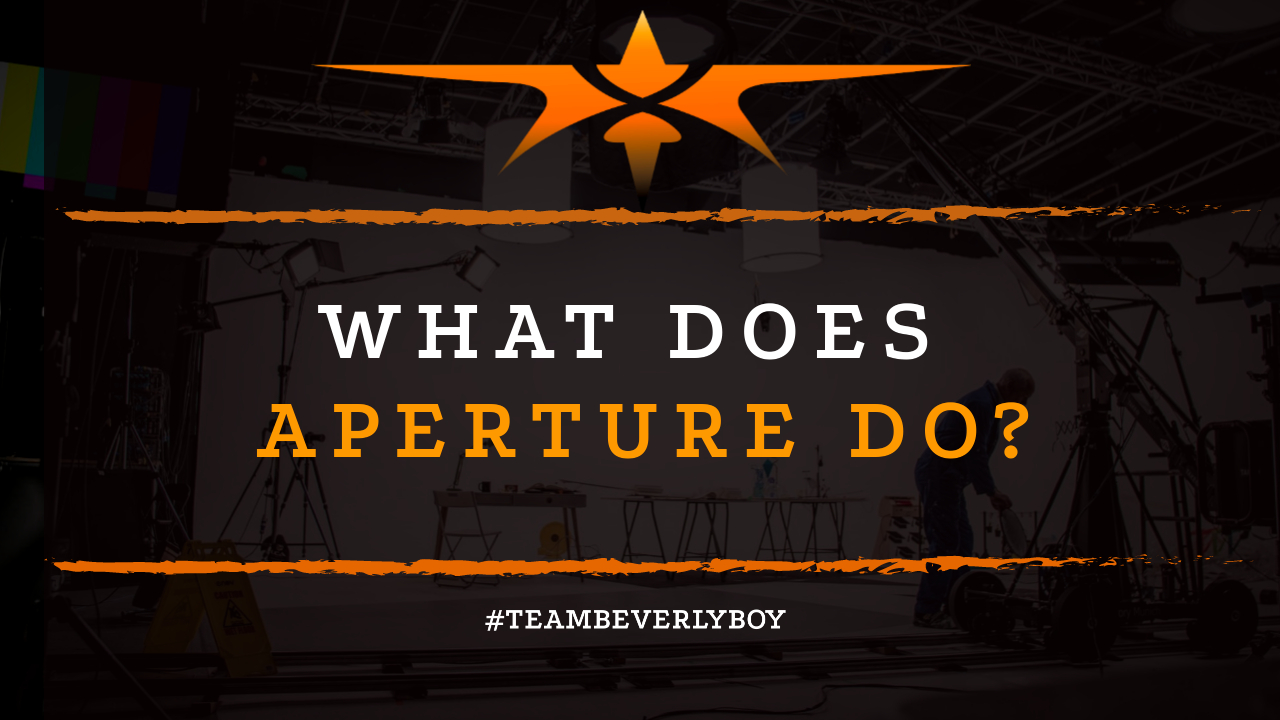
What Does Aperture Do?
As a cinematographer it’s important for you to learn how your camera equipment works and to understand the relationship of various working parts to the images you capture. One such working part that is important for every cinematographer to understand is aperture. Aperture is the term used to describe the hole in a camera that acts as a window, but what does aperture do? In this guide, from Beverly Boy Productions, we’re breaking down everything you need to know about aperture.

Knowing how to adjust your camera to ensure the most appropriate exposure for your shot is important. Understanding aperture, and the relationship between your digital camera’s physical makeup and exposure will help you to master not only your camera’s settings, but the filming techniques that you can use to produce amazing footage.
If you don’t know what aperture does, you could be missing out on a lot of opportunity. So, what does aperture do, anyway?
What is Aperture?
Aperture is a setting that you’ll find on your digital camera. The aperture represents the opening of the camera lens that allows light to pass through, similar to a window on a sunny day. Aperture is described in terms of f-stops, which represent a negative correlation to the aperture size.
For example, the larger the aperture opening is, the lower the f-stop figure will be. Likewise, a smaller aperture opening (like a smaller window) will allow less light in but will represent a higher f-stop.
What Does Aperture Do?
Aperture allows light to pass through the lens into the camera sensor. So, when you take a picture, the aperture opens allowing the light to pass through to the camera sensor producing the desired image.
Depending on the aperture size, the camera will open to the pre-desired aperture so that a very specific amount of light will pass through to the camera sensor or film in instances where a film camera is used.
The amount of light that comes in, is directly related to the aperture size. A larger aperture is essentially a larger hole or window, which allows more light in. A smaller aperture is a smaller hole or window, which allows less light in.
However, aperture measurements are described as f-stops. This is where it can get a bit tricky! The f-stops are correlated in an opposite manner to the aperture size. Thus, a larger aperture results in a smaller f-stop. A smaller aperture has a larger f-stop.
When you ask, “What does aperture do?” Essentially, in short, aperture allows light into the camera and causes an image to be bright, or dark . The more that light passes through the camera over the sensor, the brighter your image would be.
Aperture isn’t the only factor that contributes to your image quality and light exposure. Shutter speed and ISO also relate to image exposure and work together with the aperture to produce properly exposed images.
Now that you’ve learned the answer to the question, “What does aperture go,” learning how aperture, ISO and shutter speed work together should be your next big step towards understanding exposure and producing amazing combinations for perfect shots every time!


